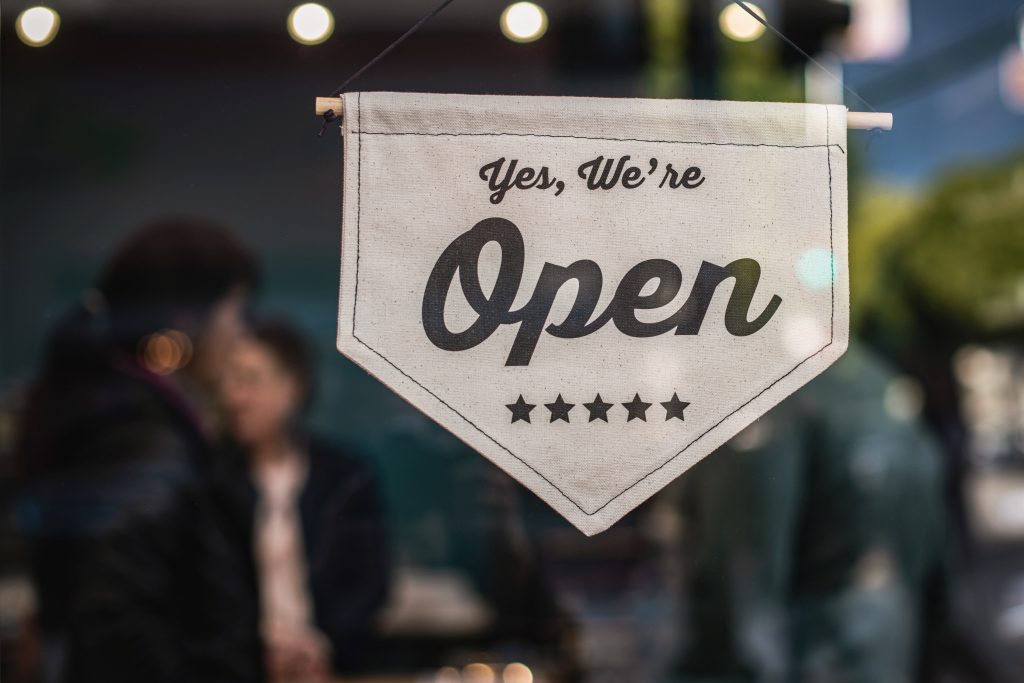At the end of March, the CARES Act created the Paycheck Protection Program. The $2 trillion relief package included millions of dollars for the Paycheck Protection Program, a partially forgivable loan program designed to cover operations costs, including payroll, group health insurance premiums, salaries or commissions, rent, mortgage interest, utilities and more.
Funds for the first round were used up very quickly, with many small businesses unable to secure loans. This caused a lot of frustration among small business owners — especially those who saw large businesses with other means of raising capital secure funding while they were not able to do so.
A second round of funding was made available in April, and in June, Congress approved legislation making PPP loans more flexible.
As the pandemic wears on, business owners are not out of the woods. Yet early PPP recipients may be asked to begin making payments soon if they do not file forgiveness applications.
If you received a PPP loan in 2020, make sure to submit your loan forgiveness application within 10 months of the end of your loan forgiveness period so you are not surprised by requests for payment.
Loan forgiveness applications have been simplified
On Oct. 8, the Small Business Administration released a simplified PPP loan forgiveness application for borrowers with loans of $50,000 or less. This application, known as the Alternative Loan Forgiveness Application or Form 3508S, also includes some modifications.
Borrowers using this application are exempt from any reductions in loan forgiveness amount based on reductions in full-time equivalent employees or reductions in salary or wages. In other words, if your small business has not yet been able to bring back all of your employees or restore full salaries, you will not be penalized.
This provides some administrative relief for borrowers since they do not need to go through the complicated full-time equivalent and salary computations. But remember, all borrowers with loans of larger than $50,000 are still subject to these rules.
The revised guidance also provided new rules for lenders reviewing Form 3805S. Lenders no longer need to replicate a borrower’s calculations, only to perform a good-faith review of the calculations and the supporting documentation. The SBA’s FAQ indicates that a review of the calculations based on a payroll report processed by a third-party payroll processor should be sufficient.
Due to the changing nature of the PPP’s rules, many banks have still not released their forgiveness applications. I am beginning to see smaller banks release the application, but as of Nov. 10, most larger banks still have not.
Deadlines for applying for loan forgiveness
Some of the early PPP loan forgiveness forms listed a deadline of Oct. 31, confusing borrowers. The SBA has confirmed that this was not a deadline.
PPP borrowers should note two dates. The first is the end date of your loan forgiveness period, which is at the end of either:
- 24 weeks beginning on the PPP loan disbursement date, or
- 8 weeks beginning on the disbursement date, if the loan was disbursed before June 5, 2020
Once you reach the end of that loan forgiveness period, you must apply for forgiveness within the next 10 months. Once your application is submitted, the SBA will review it and let your lender know how much of the loan will be forgiven and what balance remains. Your lender, in turn, is responsible for notifying you how much you still owe (if anything) and when your first payment will be due.
Any remaining balance that is not forgiven must be repaid on or before the maturity date of your loan, which is either two or five years from the origination date.
PPP loan borrowers can continue to submit forgiveness applications until the maturity date of the loan. But if you wait until after the 10-month period ends, you will have to start making payments.
Notes for business owners selling their businesses
If you are planning to sell your business before your PPP loan is forgiven, then some additional rule changes affect you.
If any of the following changes occur, the borrower must notify their PPP lender in writing and provide a copy of the proposed agreement:
- At least 20% of the ownership interest of a PPP borrower is sold or transferred, including to an affiliate or existing owner of the business
- A PPP borrower sells or transfers 50% or more of its assets in one or more transactions
- A PPP borrower is merged into another entity
If the PPP loan is not fully satisfied before 50% or more of the borrower’s interest is sold or transferred, then the lender could require the establishment of an interest-bearing escrow account with the lender in an amount equal to the outstanding PPP loan.
If the borrower has fully satisfied their PPP loan before the sale or transfer has occurred, there are no additional restrictions on business sales.




